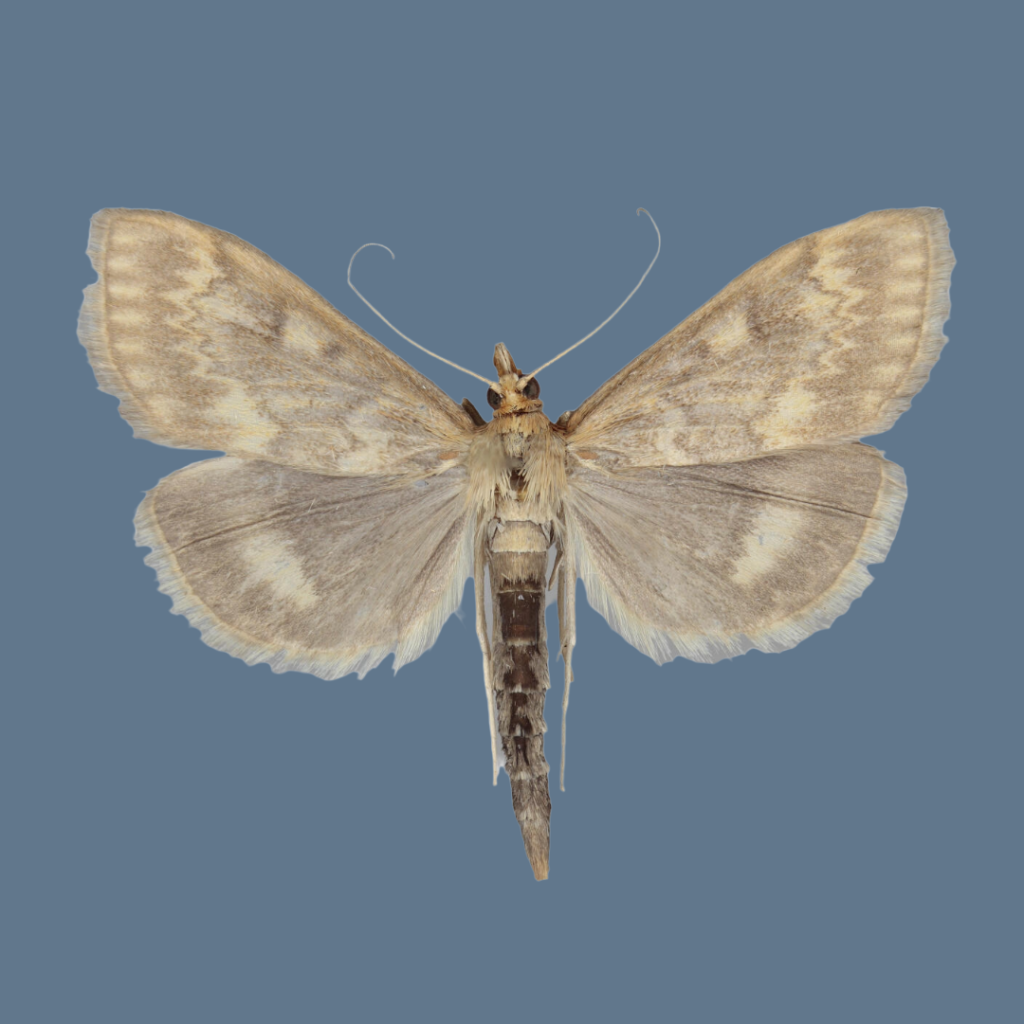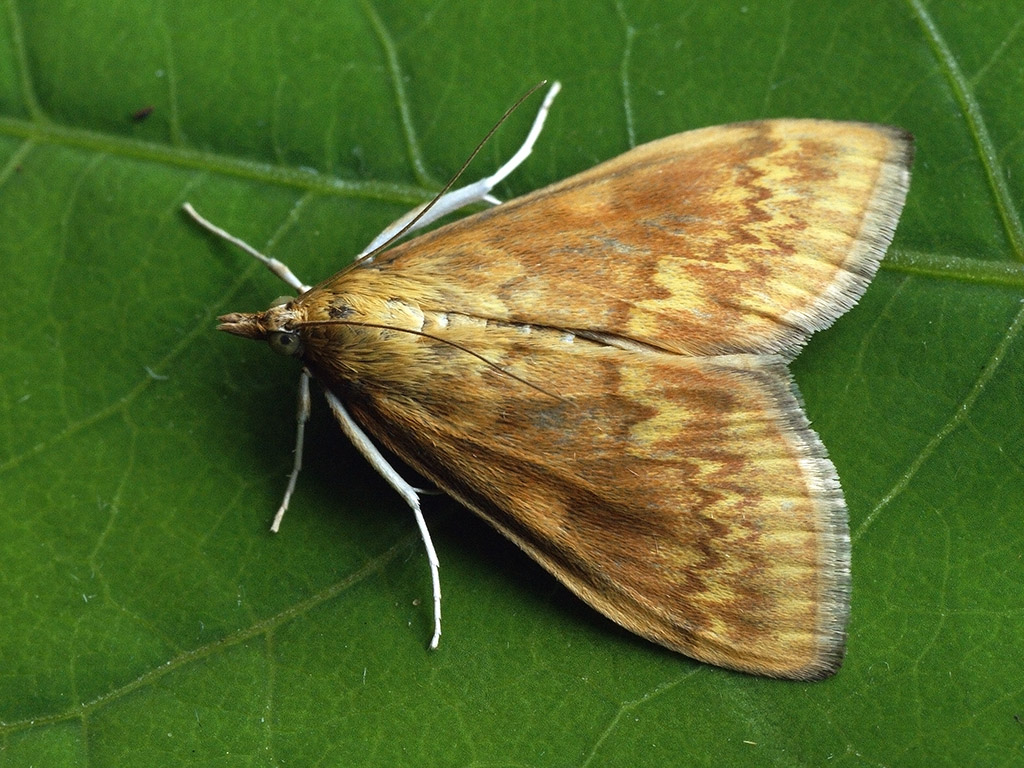
With Agreego, choose an effective and economical biocontrol solution to combat corn borer
4 REASONS TO CHOOSE DRONE SPRAYING AND TRICHOGRAMMA RELEASE TO COMBAT THE CORN BORER
Highly endorsed since 2018 by the FNSEA’s “Solutions Contract,” trichogram larvae treatments effectively combat yield losses caused by Ostrinia nubilalis, a seemingly harmless butterfly whose larvae are highly destructive to crops.
No Risk of Resistance in Pests
While insecticides and genetically modified Bt corn (Bacillus thuringiensis) lead to progressive resistance in Ostrinia nubilalis, trichogram use avoids any risk of resistance. The method is purely mechanical: the micro-wasps, Trichogramma brassicae, lay their eggs inside Ostrinia nubilalis eggs, preventing the larvae from developing. A single female can parasitize 80 to 110 host eggs during her lifetime, depending on conditions (Nicole Hawlitzky, 1992).
Safe for Farmers’ Health
Using trichogram releases eliminates the need for any health protection. No PPE (Personal Protective Equipment), REI (Re-Entry Interval), or PHI (Pre-Harvest Interval) are required. This solution is completely safe for farmers.
Respect for Beneficial Fauna
As a targeted biocontrol solution, trichogram releases do not harm beneficial insects or auxiliary fauna.
An Effective Alternative to Phytosanitary Inputs
Endorsed by the Ecophyto government program, which aims to reduce phytosanitary inputs by 50% by 2025, trichogram treatment is one of the 119 standardized actions available in the Ecophyto plan. It is eligible for CEPPs (Certificates for Phytopharmaceutical Product Savings) under numbers 2020-06 (formerly 2017-006) – “Control corn borer with trichogram releases” and 2021-087 – “Optimize corn borer control with equipment facilitating trichogram releases via service providers.” These belong to the “Use of Alternative Methods” lever, which represents 38% of the standardized actions in the Ecophyto plan. In 2002, 111,082 certificates were issued for action 2020-006 and 74 certificates for action 2021-087.
But do you know the main advantages of drone-based trichogram larvae spraying?
Increased Treatment Speed:
70 to 130 ha/day*
(*Figures given for a payload of 10 to 20 kg, depending on spacing and parcel size (<10 ha and >10 ha).)
Thanks to drone-based trichogram larvae application, 5 to 8 hectares are treated in just 10 minutes, compared to 4 to 5 hectares per hour with manual trichocard dissemination—a significant time saver!
Intervention at All Stages of the Crop with High Responsiveness
In the fight against damage caused by Ostrinia nubilalis larvae, immediate action is crucial. With Agreego, there’s no need to drop everything to intervene. Our pilots handle everything, allowing you to continue with your daily tasks without disrupting your schedule or priorities.
A Competitive Cost
By using our services for trichogram larvae application, you save on time, labor, equipment maintenance or rental, and fuel costs. To further increase energy savings, Agreego is gradually equipping its fleet with solar-powered battery chargers.
Consistency and Centimeter-Level Precision
Thanks to the flight plan created for each of your parcels, Agreego’s pilots ensure capsule release with centimeter-level accuracy. The number of capsules dispensed is displayed in real time on the pilots’ tablets. With drone spreading, you are guaranteed perfect uniformity in the distribution of the treatment against Ostrinia nubilalis larvae.
Zero Risk of Damaging Your Crops
Our drones fly at an altitude of 7 to 9 meters above your crops, ensuring that your commercial crops remain unharmed. There’s no need for tedious adjustments to agricultural machinery. Thanks to the onboard sensors, our drones follow the curvature of your land with centimeter-level precision. With meticulous flight planning and real-time terrain analysis, we achieve extreme accuracy in our operations.
Enhanced Soil Protection
Every time you reduce the use of heavy agricultural machinery on your land, you take another step toward protecting and preserving soil fertility. By using drones for your agricultural tasks, you ensure less soil compaction, leading to improved permeability and irrigation. This gradual improvement benefits your land, and we are proud to contribute to this major challenge.
SPREADING OF TRICHOGRAMS BY DRONE
Discover how trichogram release is carried out with Agreego
Since 2019, Agreego has protected over 10,000 hectares of corn from the European corn borer (pyrale) by using trichograms, including 2,300 hectares in partnership with the Vivescia cooperative.
Plan Ahead
Order your treatments today to combat Ostrinia nubilalis larvae
Our agronomists are monitoring, and our pilots are ready to act with just a call from you!
Whether it’s univoltine, bivoltine, or Z or E type, Ostrinia nubilalis must be carefully observed to ensure intervention at the right moment based on its type. For the univoltine race, there are 33 post-diapause days at 20 degrees Celsius, compared to 15.6 days for the bivoltine race.
Order your treatment today so that our agronomists can determine, with the utmost precision, the ideal intervention—carried out in two stages—to nip the Ostrinia nubilalis larvae in the bud and prevent any damage to your crops.
Rest easy, Agreego is watching over everything. You just have one step: contact us, ideally before early March, to secure the service.



